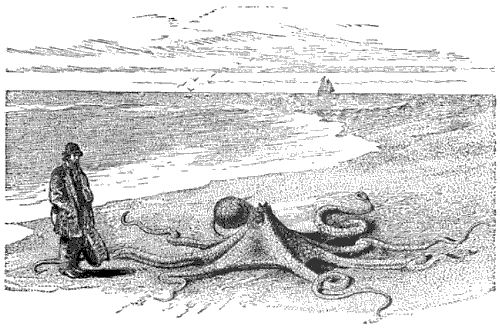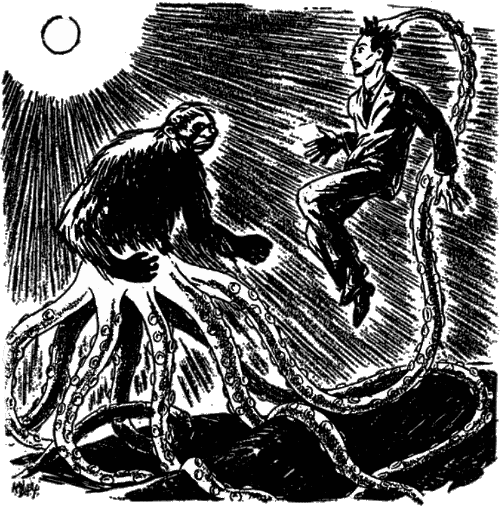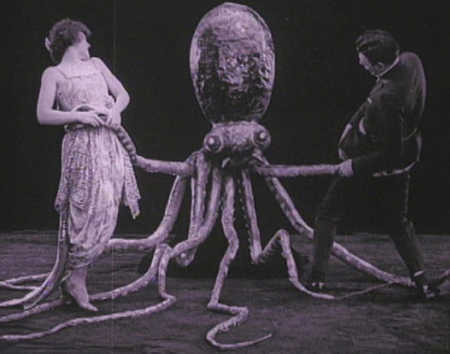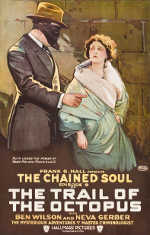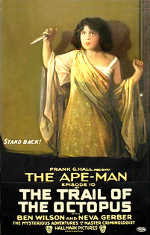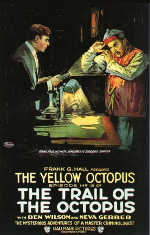Besides 17th century poetry, here's further evidence of the general awareness of tree octopuses in Japanese culture:
Kure Kure Takora (クレクレタコラ or "Gimme Gimme Octopus" in English) is a Japanese kids' show that ran from 1973-4, centering around the bizarre, greedy exploits of Kure Kure Takora, a tree octopus who wants all that he sees (hence the "gimme gimme").

(UPDATE: The videos were removed from YouTube -- see below. I removed the broken embed codes but I'm keeping the descriptions in place...)
As you can see in the episode below, he likes to sleep on the limb of his tree, where he has a telescope that he uses to survey the forest for things to steal. Only in this episode, everyone is giving him everything he wants! Is it all a dream...?
[...]

